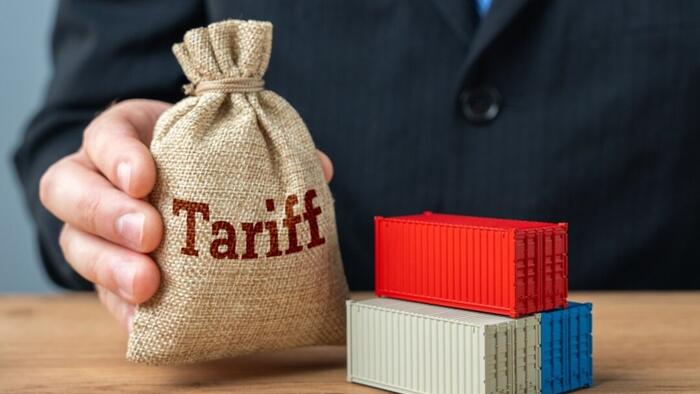


Authored by Adam Millsap viathe American Institute for Economic Research (AIER),
The Trump administration has increased tariff rates on dozens of countries in part to kickstart trade policy negotiations. These tariffs include 10-percent tariffs on dozens of countries, tariffs of over 30 percent on China, 50-percent tariffs on steel and aluminum, and 25-percent tariffs on autos. While the specifics of each negotiation will vary depending on the country’s role in the global economy and its current trade laws, there are three high-level goals relevant to all countries Trump should pursue. If he is successful, these negotiations will make US manufacturers more competitive, keep prices low for consumers, improve America’s ability to confront China, and help reduce the risk of a global trade war.
The US Court of International Trade recently ruled that many of Trump’s tariffs are illegal, but they’ve been allowed to remain in place pending appeal. In the meantime, Trump’s administration is discussing trade policy with several countries. This is wise since keeping the tariffs in place long-term will hurt the US economy. The Penn Wharton Budget Model estimates that Trump’s reciprocal tariff plan would reduce GDP by six percent and wages by five percent if it became permanent. A middle-income household would face a long-term income loss of $22,000. This income loss would offset nearly 15 years of tax savings that the average family receives from the Tax Cuts and Jobs Act, Trump’s signature tax plan from his first term.
The primary goal of Trump’s trade negotiations should be to expand trade by reducing tariff rates and other trade barriers.
Here are three ways his administration could achieve this goal.
Reducing tariffs on manufacturing inputs, eliminating non-tariff trade barriers, and improving enforcement of US trade laws would help the Trump administration accomplish several of its goals. First, US exports would be more competitive, which would boost manufacturing output and create jobs. Second, the cost of inputs would be reduced, and reciprocal tariff rates could be lowered, which would help keep consumer prices low. Third, by enhancing enforcement of US trade laws, the administration would be better equipped to address China’s objectionable trade policies without unduly inhibiting mutually beneficial trade with friendlier countries.
Nations that close themselves off from the world stagnate and fail. The best known example is China’s inward turn that started in the fifteenth century and lasted until the late twentieth. China missed out on the industrial revolution and by the 1800s it had dramatically fallen behind the West. Today, it is still playing catch-up.
Trump has an opportunity to improve international trade policy and ensure that America plays a leading role in the global economy for decades to come.
